Mark Boutros - The Craft of Character: How to create deep and engaging characters your audience will never forget
Here you can read online Mark Boutros - The Craft of Character: How to create deep and engaging characters your audience will never forget full text of the book (entire story) in english for free. Download pdf and epub, get meaning, cover and reviews about this ebook. year: 2020, publisher: Mark Boutros, genre: Home and family. Description of the work, (preface) as well as reviews are available. Best literature library LitArk.com created for fans of good reading and offers a wide selection of genres:
Romance novel
Science fiction
Adventure
Detective
Science
History
Home and family
Prose
Art
Politics
Computer
Non-fiction
Religion
Business
Children
Humor
Choose a favorite category and find really read worthwhile books. Enjoy immersion in the world of imagination, feel the emotions of the characters or learn something new for yourself, make an fascinating discovery.

- Book:The Craft of Character: How to create deep and engaging characters your audience will never forget
- Author:
- Publisher:Mark Boutros
- Genre:
- Year:2020
- Rating:3 / 5
- Favourites:Add to favourites
- Your mark:
The Craft of Character: How to create deep and engaging characters your audience will never forget: summary, description and annotation
We offer to read an annotation, description, summary or preface (depends on what the author of the book "The Craft of Character: How to create deep and engaging characters your audience will never forget" wrote himself). If you haven't found the necessary information about the book — write in the comments, we will try to find it.
The most complete and comprehensive guide to character Ive ever read. - Adam Croft
Character is at the heart of every story. We love stories because we fall in love with characters, we want to see what happens to them and we want to see them experience hope and despair. Yet, a lot of storytelling books focus on structure and plot, when those things are worthless without a character an audience wants to go through that structure and plot with.
International Emmy nominated writer, Mark Boutros, offers a guide to creating characters who are engaging, emotionally driven and memorable. With experience as a screenwriter, novelist, creative writing teacher and mentor, Mark shares a mixture of theory and exercises to get you thinking about the questions to have in your mind during character creation.
A lot of stories are perfectly functional, hitting all the right beats, but often fall short due to a thin or obvious character. Problems people think are related to plot are often symptoms of a deeper issue with the characters. Mark highlights what is at the core of character, the importance of motivation, trauma, obstacles and how every little detail can enrich an experience for an audience and ultimately make people care.
How do you get to know people? By asking questions and getting to know them so you move past the shallow. Do the same during character development and your story will be so much more engaging for it.
Each chapter focuses on an aspect important to character development and ends with exercises so you can apply the concepts to your work. The book includes:
The majority of the ideas originate from the authors screenwriting experience, but they apply to all forms of story, whether it be fiction writing or playwriting, because the focus is on what really makes a character stand out and memorable.
The job of the writer is to deliver an emotional experience. Character is the heart of that. This is an invaluable tool for beginner and experienced writers.
Mark Boutros: author's other books
Who wrote The Craft of Character: How to create deep and engaging characters your audience will never forget? Find out the surname, the name of the author of the book and a list of all author's works by series.

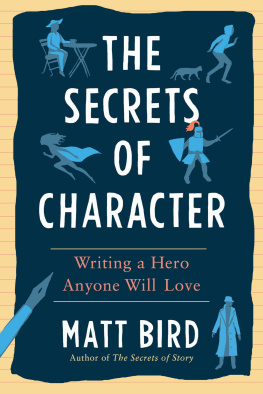
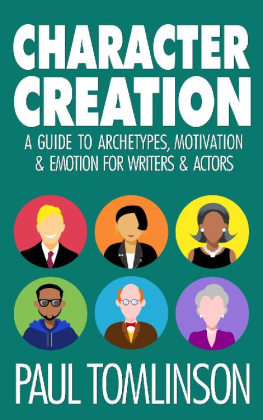
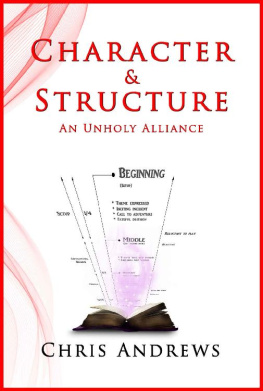
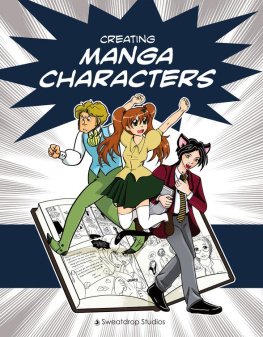
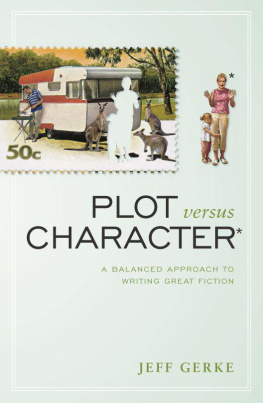
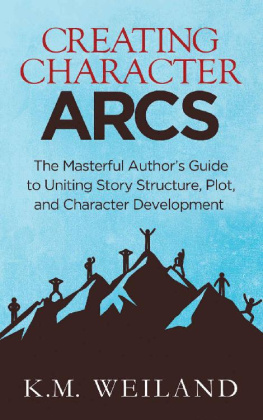
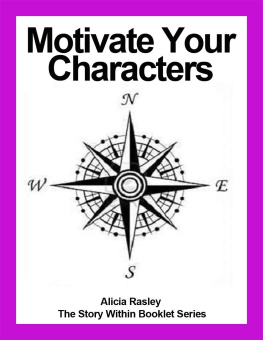
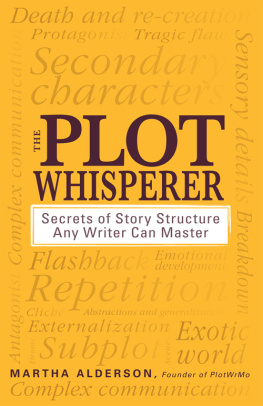

 Created with Vellum
Created with Vellum